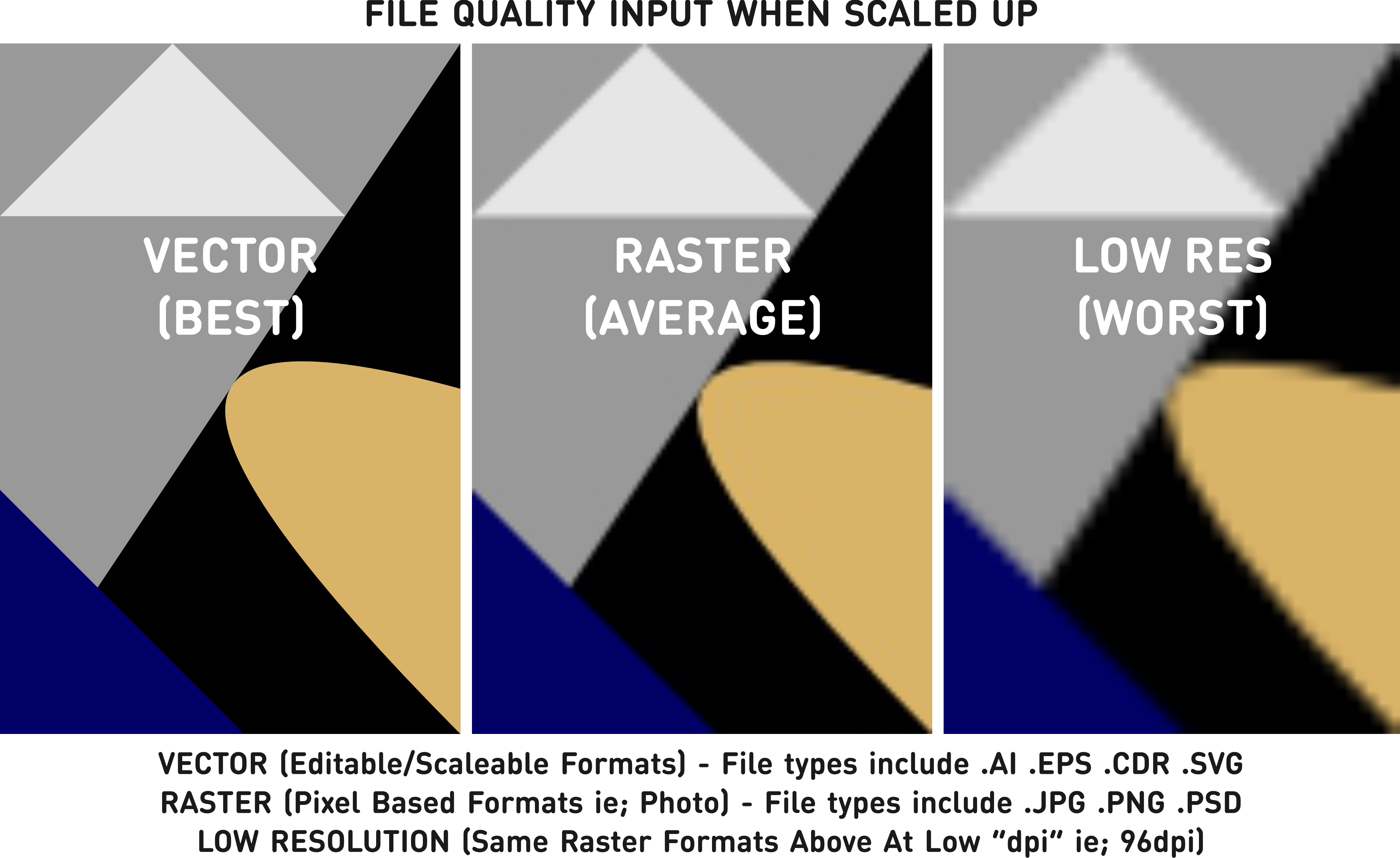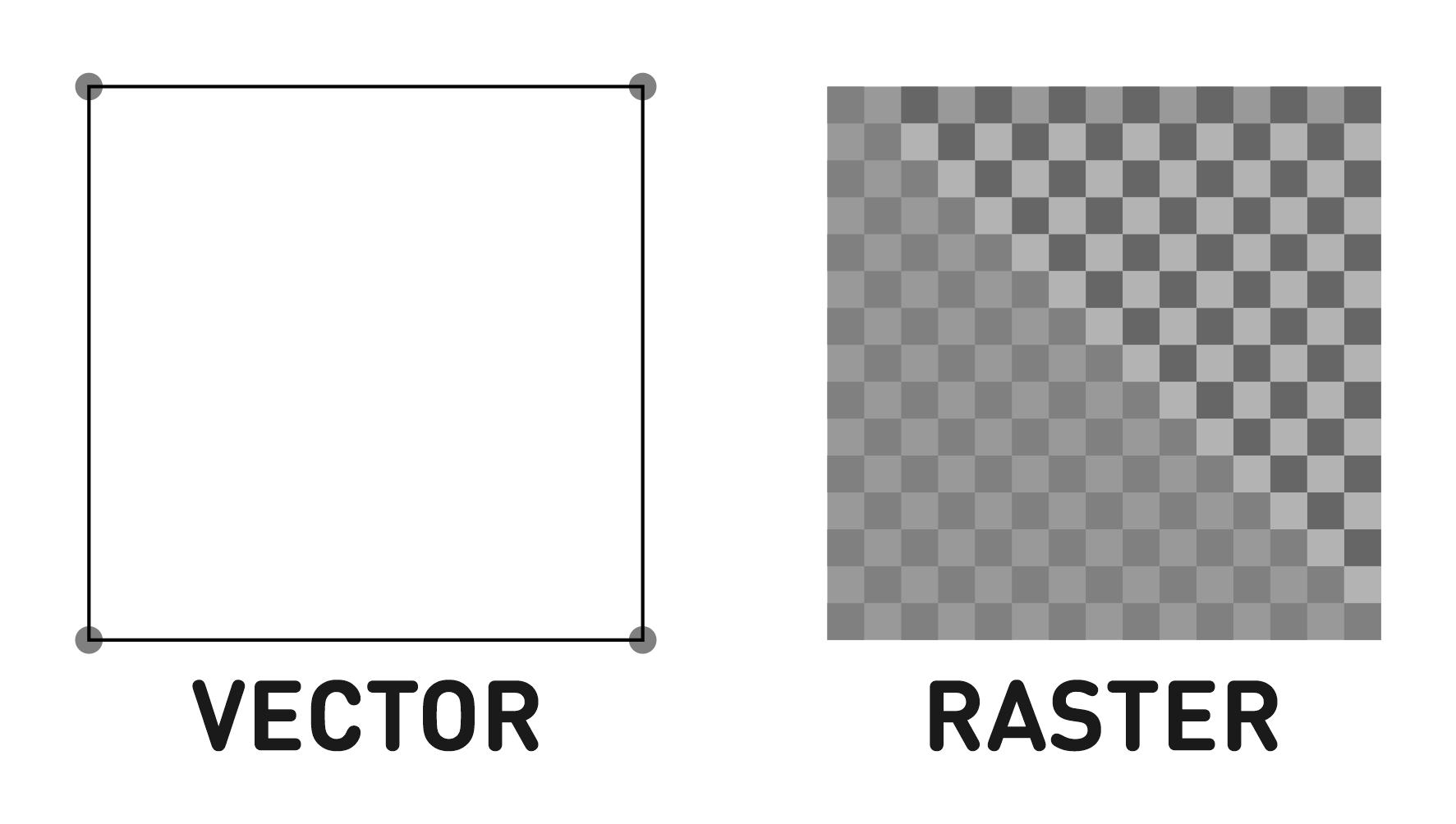1.ARTWORK REQUIREMENTS
We reserve the right to refuse artwork that does not meet our basic standards of product quality when used with our equipment.
Your order may be delayed and additional artwork charges may be incurred if correct/suitable file types cannot be supplied.
The design team will assess suitability of your uploaded/emailed file for the application of engraving/printing etc and contact you about any issues that may arise.
Note: copyrighted/trademarked images will NOT be usable on any product without the express written permission of the copyright holder; Attaining this permission is your responsibility and we will not undertake this.
While we can accept artwork in almost any file format; all of our products are created using processes requiring high resolution graphics to produce the best finished result & for that reason, we have certain specifications for artwork supplied. If you cannot open/preview the file on your computer, chances are that is the file type we will require (as specialised programs are needed to access);
Preferred file types to achieve satisfactory results
•Vector - .eps .ai .cdr .pdf
Other acceptable file types (Dependent on application required)
•Raster (minimum 300dpi) - .jpg .png .gif .tiff
•Photos (original file)
*Note: You cannot save a Raster (.jpg etc) as a .eps (or any vector format)
For more information about file types See section 3.VECTOR vs RASTER
Artwork submitted in the following formats generally are unable to achieve satisfactory results (include but not limited to);
Unacceptable File Types
•Raster (under 300dpi) - .jpg .png .gif .tiff (including embedded in .pdf)
•Photos (already compressed by social media or similar)
•Office type programs (Word, Powerpoint etc) - .doc
•Copied from websites and/or search engines
•Faxes/Photocopies/Business Card/Clothing

2.ARTWORK SERVICES
We’re here to help and make this process as simple & easy as possible. Just send us what you have and we’ll assist you in making sure your product turns out as you imagined. We have the capability to recreate your digital art specifically for the type of product you are purchasing. If the quality of your logo is below our required standard we may charge an additional fee to bring artwork to sufficient quality at size for final production, you will be advised if this is necessary.
We offer separate logo design or redraw facilities should you require your logo file redrawn into a neat(non-pixelated) vector version, please enquire. Note: we will not just use a "Trace" format, which while vectorized will generally still leave a rough unappealing result.
3.VECTOR vs RASTER
One of the most common misunderstandings is the difference between Vector and Raster graphics.
What Is A Vector File?
Vector files use fixed points on a grid to produce an image with mathematical equations, lines and curves. There are no pixels in a vector file. Because the mathematical formula recalibrates to any size, without affecting its quality you can scale a vector image up or down (File types include .ai .eps .cdr .svg .pdf)
What Is A Raster File?
Raster files use pixels (tiny coloured squares) to produce an image, that in great quantity can form highly detailed images such as photographs. The more pixels an image has, the higher quality it will be and vice versa. The number of pixels in an image can depend on the file type (File types include .jpg .png .psd .gif .tiff)
What Is The Difference Between Raster & Vector?
Raster and Vector Files are the two most popular formats used for visual content. They represent images in very different ways, so there’s a lot to consider when deciding which one to use. Some of the main differences between raster and vector include;

•RESOLUTION
One of the main differences between raster and vector files is their resolution.
Raster files resolution is referred to in DPI(dots per inch) or PPI(pixels per inch), they display a wider array of colours, permit greater colour editing and show finer light and shading than vectors. When resized they lose image quality, if you zoom in or expand the size of a raster image, you start to see the individual pixels.
Vector files resolution is not an issue. You can resize, rescale and reshape vectors infinitely without losing any image quality. Vector files are popular for images that need to appear in a wide variety of sizes, like a logo that needs to fit on both a business card and a billboard.
An easy way to tell if an image is raster or vector is to increase its size. If the image becomes blurred or pixelated, it’s most likely a raster file.
•USES
Raster files are often most images you see online & digital photographs (Many digital cameras automatically shoot and save photos as raster files)
Raster files are also commonly used for editing images, photos and graphics.
Vector files work better for digital illustrations, complex graphics and logos. That’s because the resolution of vectors remains the same when resized, making them suitable for a wide variety of printed formats.
•COMPATIBILITY & CONVERSION
Raster files you can often open in many different apps and web browsers, making them easy to view, edit and share.
Vector files aren’t as accessible, many vector file types require specialised software to open and edit the files.
FAQ: If I save a Raster image like .jpg as a .eps, .pdf or similar file would it make it a vector?
The short answer is No (once a Raster graphic, always a Raster graphic) Although most Vector applications are able to display Raster images as embedded objects (and applications even include a limited set of tools to manipulate them) their inherent format does not change. The only way to convert a Bitmap image to a Vector image is to recreate/redraw the image using a graphics program. The process duplicates the shapes of a Raster image using Vector lines and curves.
When Vector graphics are pasted or imported into Raster editors, however, the opposite is true. Once a Vector image is converted to Raster there is no way to return to the original state. For this reason, Designers keep copies of the original vector artwork when converting an image to a raster file format.
By using the Services, you agree to be bound by our Artwork Requirements Policy

